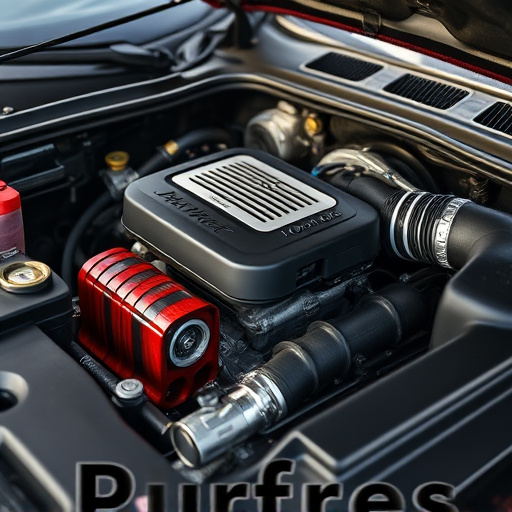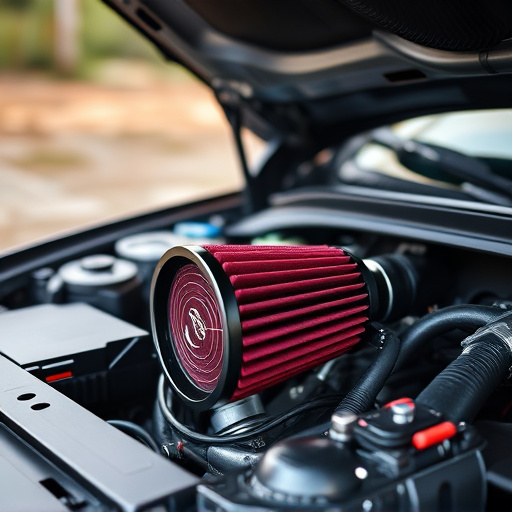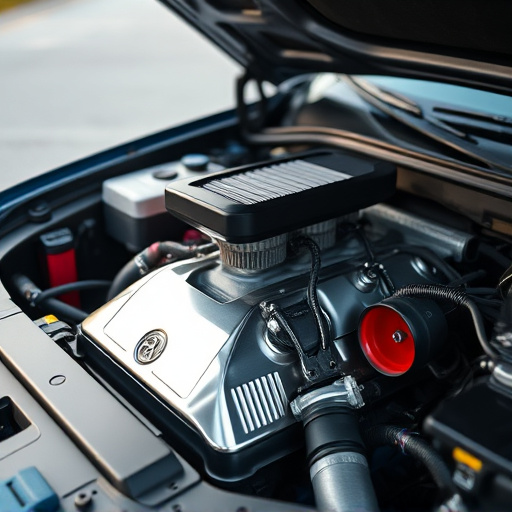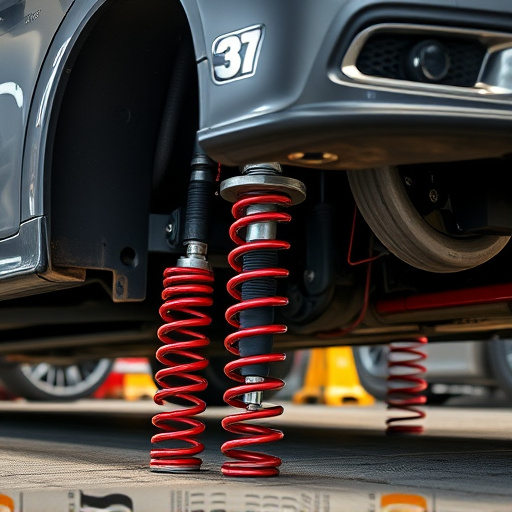ECU tuning is a powerful tool for enhancing vehicle performance with aftermarket forced induction systems like turbochargers or superchargers. By meticulously adjusting ECU programming, users can optimize critical parameters such as fuel injection, ignition timing, and wastegate control. This leads to improved throttle response, increased horsepower, better drivability, and reduced fuel consumption. When combined with performance exhaust systems, ECU tuning offers significant advantages, providing a seamless integration for optimal performance gains while ensuring efficient vehicle operation under various driving conditions.
“ECU tuning is a game-changer for those seeking to optimize their aftermarket forced induction systems. This article delves into the intricacies of ECU tuning, highlighting its pivotal role in enhancing performance. We explore the benefits, from improved fuel efficiency to increased power output, and provide best practices for successful integration. Understanding how ECU tuning can transform your vehicle’s capabilities is essential for any automotive enthusiast looking to push their forced induction system to the limit.”
- Understanding ECU Tuning and Its Role With Aftermarket Forced Induction Systems
- The Benefits of Integrating ECU Tuning for Enhanced Performance
- Best Practices and Considerations For Effective ECU Tuning with Aftermarket Forced Induction Systems
Understanding ECU Tuning and Its Role With Aftermarket Forced Induction Systems
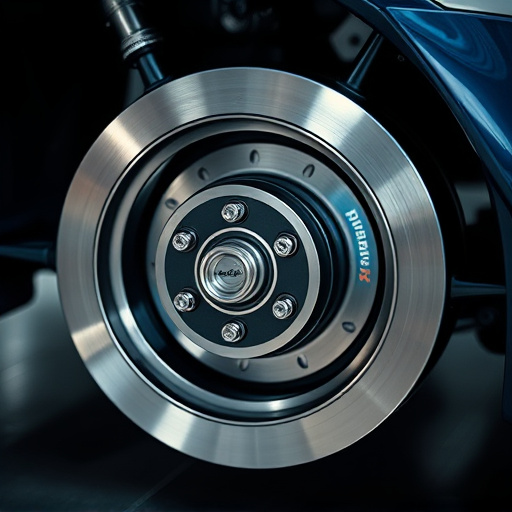
ECU tuning is a process that fine-tunes the Engine Control Unit (ECU) of a vehicle to optimize performance and efficiency, especially when equipped with aftermarket forced induction systems. These systems, which include turbochargers or superchargers, drastically increase engine power by forcing more air into the combustion chamber. However, this increased power requires precise control to ensure optimal burn and prevent damage.
The ECU acts as the brain of the vehicle’s engine, managing various parameters like fuel injection, ignition timing, and wastegate control in forced induction systems. By adjusting these settings through ECU tuning, users can unlock the full potential of their modified engines. This process involves modifying the ECU’s programming to respond differently to driver inputs and environmental factors, resulting in improved throttle response, higher horsepower outputs, and better overall performance while ensuring stability and drivability. Moreover, with the right tuning, drivers can also reduce fuel consumption and emissions, making their vehicles more efficient.
The Benefits of Integrating ECU Tuning for Enhanced Performance
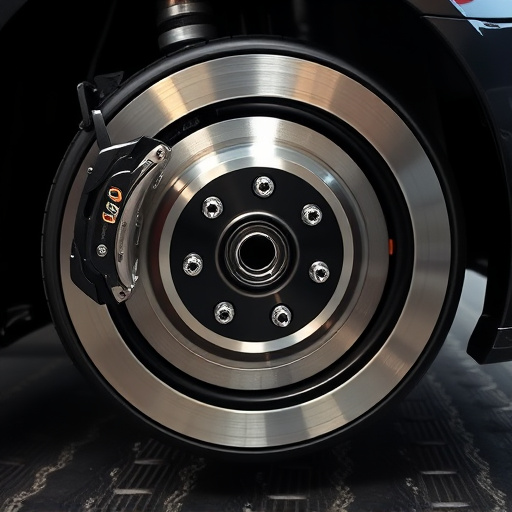
Integrating ECU tuning with aftermarket forced induction systems offers a multitude of benefits for vehicle owners seeking enhanced performance. By fine-tuning the Engine Control Unit (ECU), or the brain of your engine, it becomes possible to optimize various parameters such as fuel injection, ignition timing, and air/fuel ratio. This precise control leads to improved horsepower and torque outputs, resulting in a more powerful and responsive driving experience.
Moreover, ECU tuning enhances efficiency by ensuring that the vehicle operates at its optimal level. With advanced algorithms, it can adapt to different driving conditions and adjust accordingly, leading to better fuel economy. Additionally, when combined with performance exhaust systems like cat-back setups or muffler tips, ECU tuning allows for seamless integration and customization, further amplifying the overall performance gains.
Best Practices and Considerations For Effective ECU Tuning with Aftermarket Forced Induction Systems
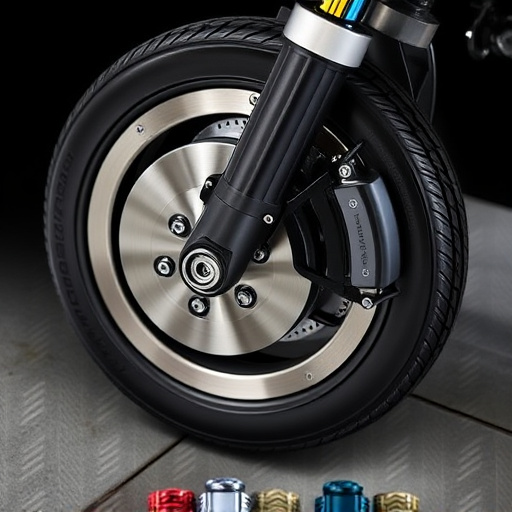
When tuning engines with aftermarket forced induction systems, such as turbochargers or superchargers, meticulous ECU (Electronic Control Unit) tuning is paramount to achieving optimal performance and reliability. The primary consideration is ensuring the ECU accurately manages fuel delivery, ignition timing, and boost pressure in tandem with the elevated airflow from the forced induction system. This delicate balance prevents issues like misfires, loss of power, or even engine damage.
Best practices include utilizing specialized tuning software that supports these complex systems, as it allows for precise adjustments to various parameters. Upgrading air filter kits, cold air intakes, and other components designed for forced induction setups can also enhance performance. However, it’s crucial to remember that modifications should be made iteratively, with thorough testing between each change. This approach enables tuners to identify and address any potential issues early on, resulting in a more robust and reliable tuning solution.
ECU tuning plays a pivotal role in unlocking the full potential of aftermarket forced induction systems. By precisely calibrating engine control units, performance enthusiasts can achieve significant gains in power and efficiency. This article has explored the fundamentals, benefits, and best practices, highlighting that effective ECU tuning is not just about modifications but also about ensuring safety and reliability. With the right approach, combining ECU tuning with forced induction can revolutionize a vehicle’s performance, making it a game-changer for those seeking an unparalleled driving experience.








